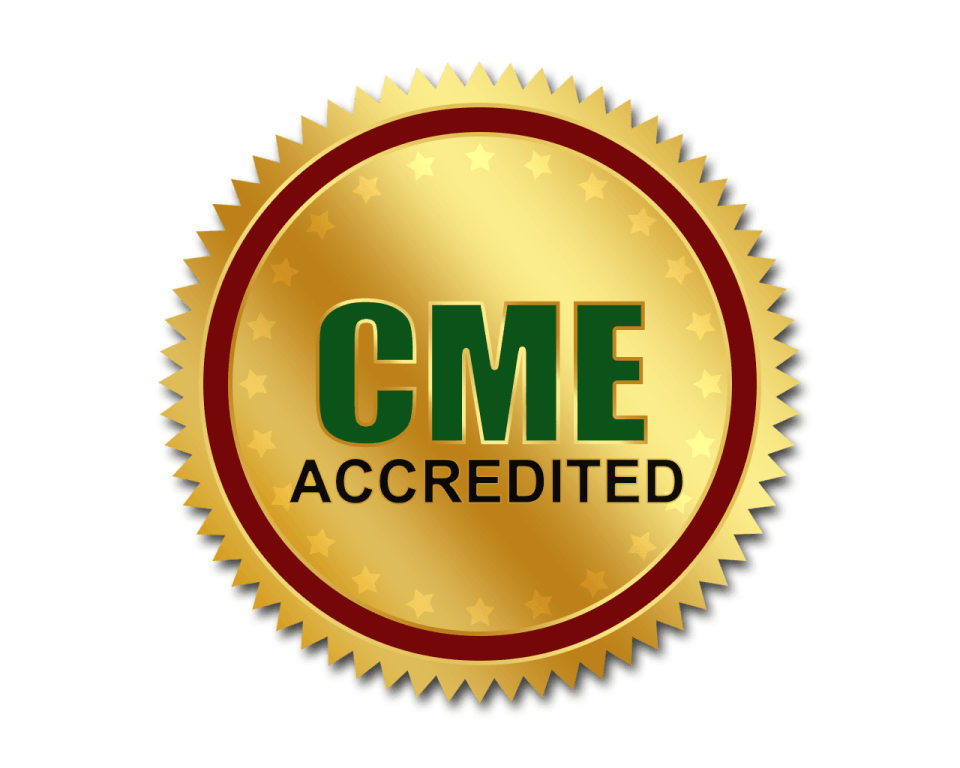
Biography
Biography: ArunaKumari Prayaga
Abstract
Infections are a major public health concern and form a large proportion of hospital statistics. The spectrum of infections varies greatly based on geographic location and also the clinical material. A rapid diagnosis is important for timely interventions. Cytology is accepted as a rapid diagnostic modality. However, the literature on role of cytology in infections is limited to single entities and case series. Cytology can be used effectively in identification of infections namely bacterial, viral, fungal, parasitic. Species identification required support from microbiology. Tissue reaction can be a useful guide to carefully look for a pathogen and to assess the significance of the organism identified based on tissue reaction. Cultures may be difficult for fastidious organisms and in the absence of fresh tissues. Serologic results may not be reliable in immunocompromised patients. In addition to diagnosis, cytology sampling can be used for resampling for microbiologic studies when necessary. Morphology is the mainstay to identify the pathogen on cytology. However, it is important to differentiate the pathogens from artifacts and to identify atypical morphologic features. This necessitates that the cytologists are familiar with morphology. With increasing subspecialization there is a necessity for the cytologists to keep abreast with morphology. There is also a suggestion to develop infections as a subspeciality. Routine histochemical stains, immunochemistry, molecular techniques can be used on cytologic material. Coupled with morphology and ancillary techniques cytology can play a crucial role in the management of these critically ill patients.

